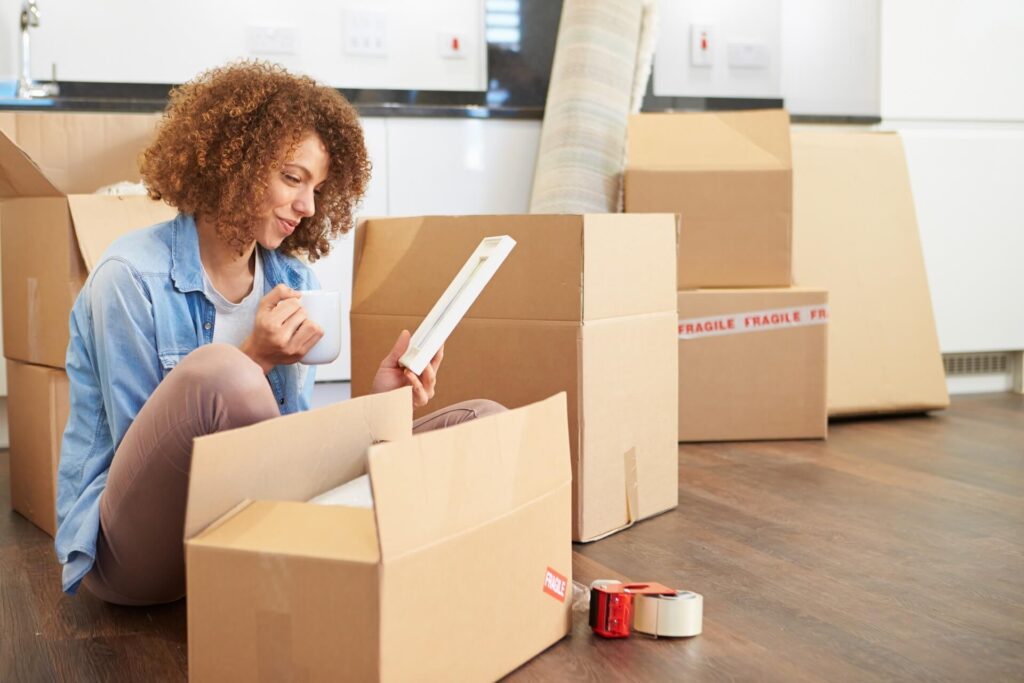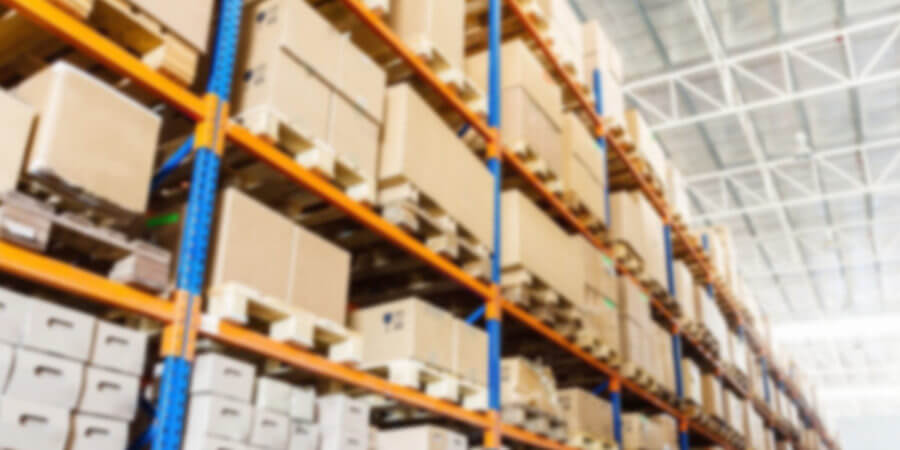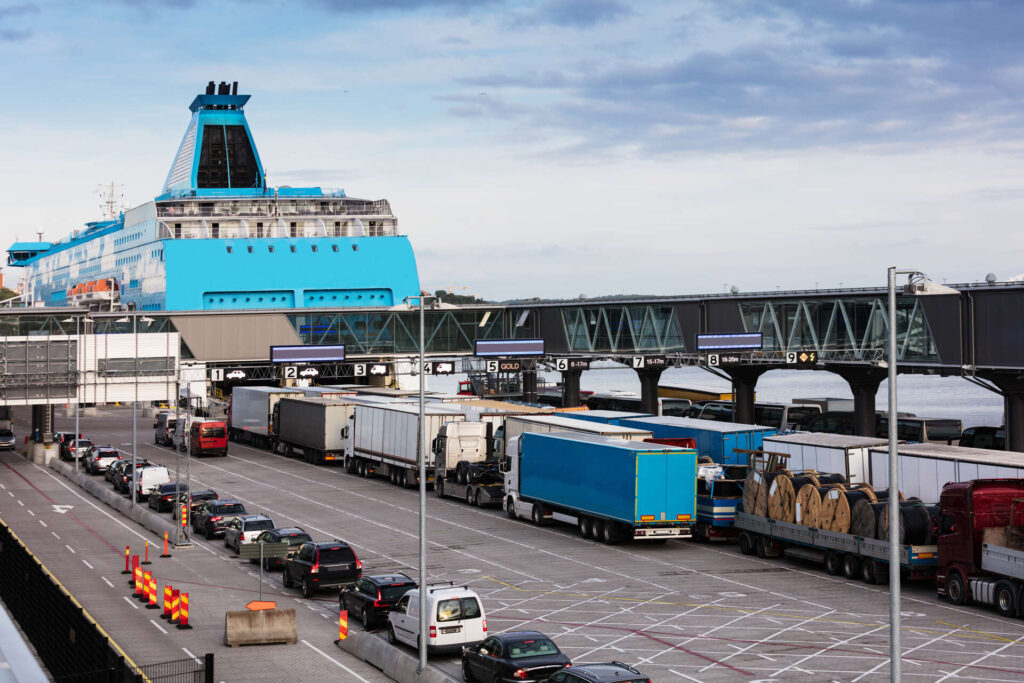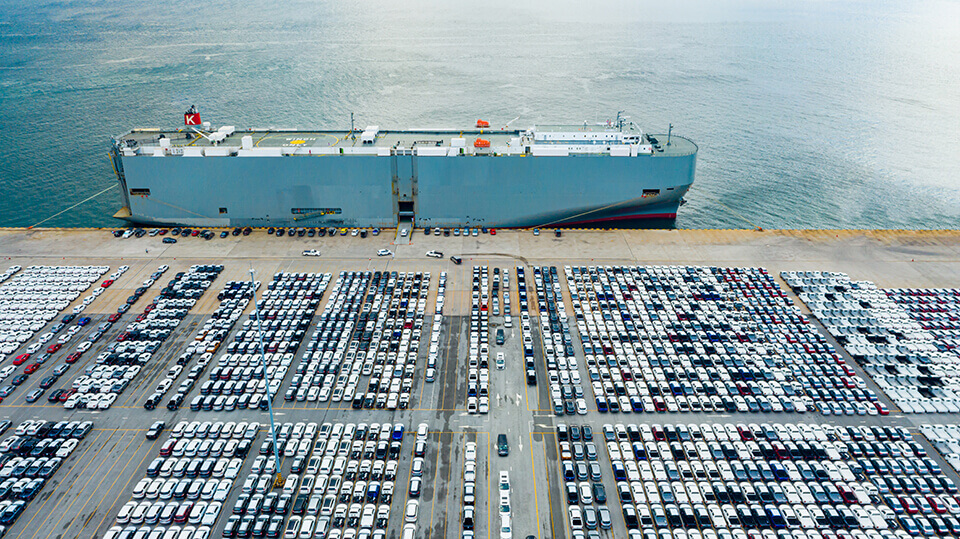Moving overseas can be overwhelming, but knowing how to pack an apartment efficiently can make all the difference. We will guide you through each step of this phase, providing expert tips and strategies to streamline the whole process. Follow our comprehensive advice on how to stay organized and have a smooth transition to your future abode.
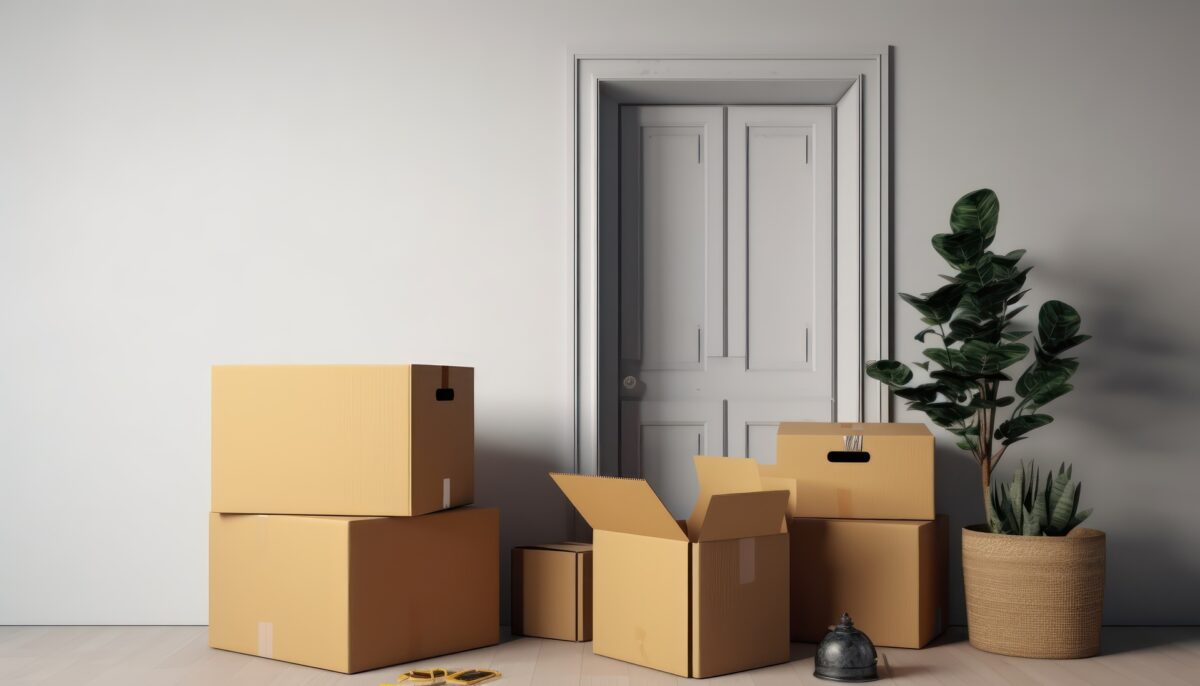

Packing up an apartment efficiently requires a strategic approach. Begin by decluttering and donating or discarding items you no longer need. Invest in high-quality packing supplies, and start packing early, tackling one room at a time. Pack heavier items at the bottom of boxes and fragile items with ample padding. Clearly label each box with its contents and the room it belongs to. Take extra care with valuables and create an essentials box with items you’ll need immediately upon arrival. Lastly, enlist the help of friends or professional movers for heavy furniture and appliances.
What Is the Average Apartment Size in the US?
As reported by Yardi Matrix, the apartment market in the post-pandemic era has undergone noticeable fluctuations, with a particular focus on the changing sizes of newly constructed ones. Remarkably, the average apartment size has shrunk over the past decade, now standing at 890 square feet. This represents a reduction of 55 square feet from the average apartment size a decade ago. This shift can be attributed to various factors, including the growing demand for more spacious living environments and the need for additional rental properties.
When Moving Abroad, You Need to Plan Your Apartment Packing Process Thoroughly
Every relocation presents a mix of anxiety about moving out and the excitement of experiencing something completely new. Moreover, moving internationally is a significant undertaking that requires meticulous planning, especially when it comes to boxing up your possessions and relocating them across the world. That’s why organizing your relocation ahead is of utmost importance in avoiding relocation stress and ensuring a safe relocation.
Create a Packing Timeline and Gather the Necessary Supplies
To initiate a successful relocation abroad, it’s essential to create a detailed packing timeline. Starting early gives you the advantage of avoiding last-minute rushes and allows you to box up your things systematically before their journey of shipping overseas begins. To facilitate and make your boxing-up process efficient, make sure you have the following packing materials readily available:
- Boxes in various sizes,
- Duct tape,
- Bubble wrap,
- Packing paper,
- Relocation labels,
- Markers,
- Foam peanuts or padding,
- Moving blankets,
- Furniture pads,
- Scissors,
- Box cutter.
Having these supplies at your disposal will not only streamline the whole process but also ensure the safety of your belongings during shipping across the border.
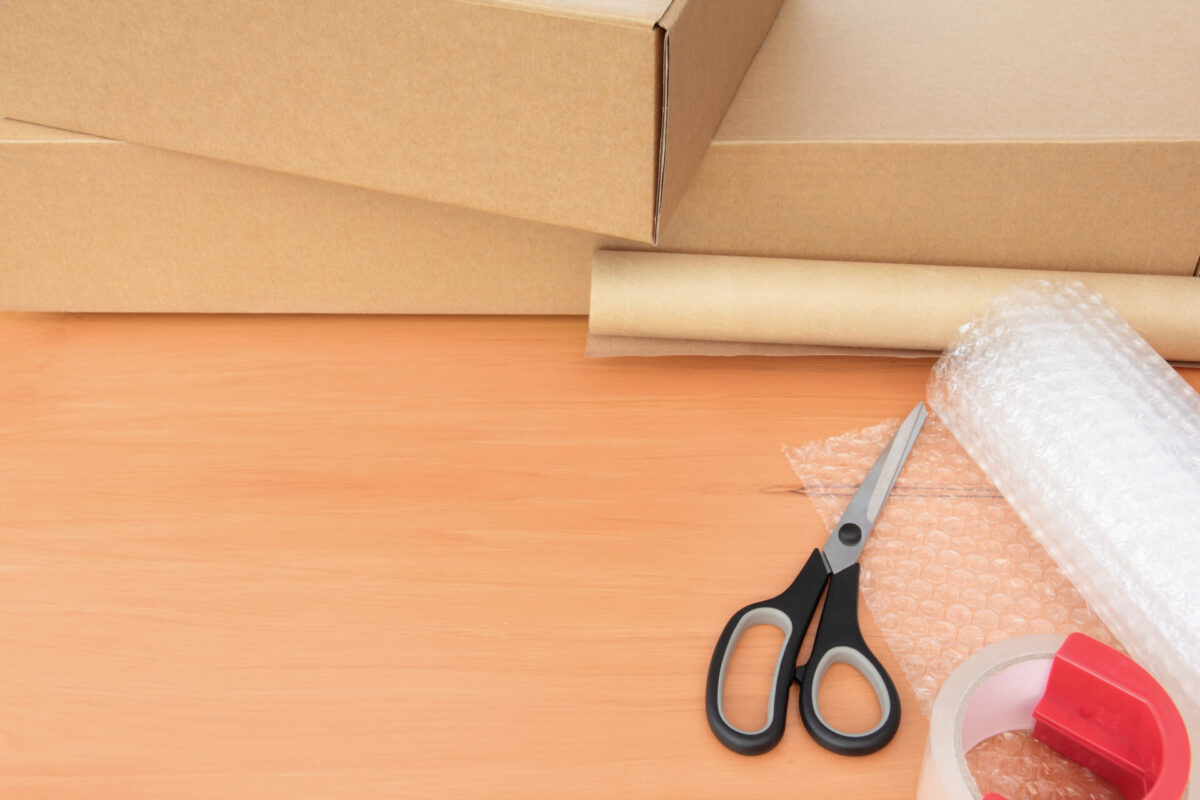

Decluttering and Downsizing Is a Must
Keep in mind that decluttering and downsizing your belongings is an essential step of every relocation. This crucial phase allows you to evaluate your possessions, deciding what to keep and what to let go of. Not only does this lower your load, but it also helps you save some money on relocation costs and ensures that you start fresh at your future abode.
Room-By-Room Decluttering Guide
To efficiently declutter, a room-by-room approach is highly recommended. Start with the least used space and go one room at a time while assessing each item in it. This systematic approach helps you stay organized and ensures that no corner of your apartment is overlooked during this phase.
Check the video below for some tips on how to declutter before relocating to a new home.
Donate, Sell, or Dispose of Unwanted Items
As you declutter, you’ll come across items that are still in good condition but no longer serve a purpose for you. These items can find new use through donation or sale, benefiting others while lightening your load.
Consider holding a garage sale, posting items online on platforms such as Craigslist, or donating to local charities or shelters. Additionally, for items that are no longer usable or in poor condition, proper disposal is key to keeping your relocation eco-friendly and efficient.
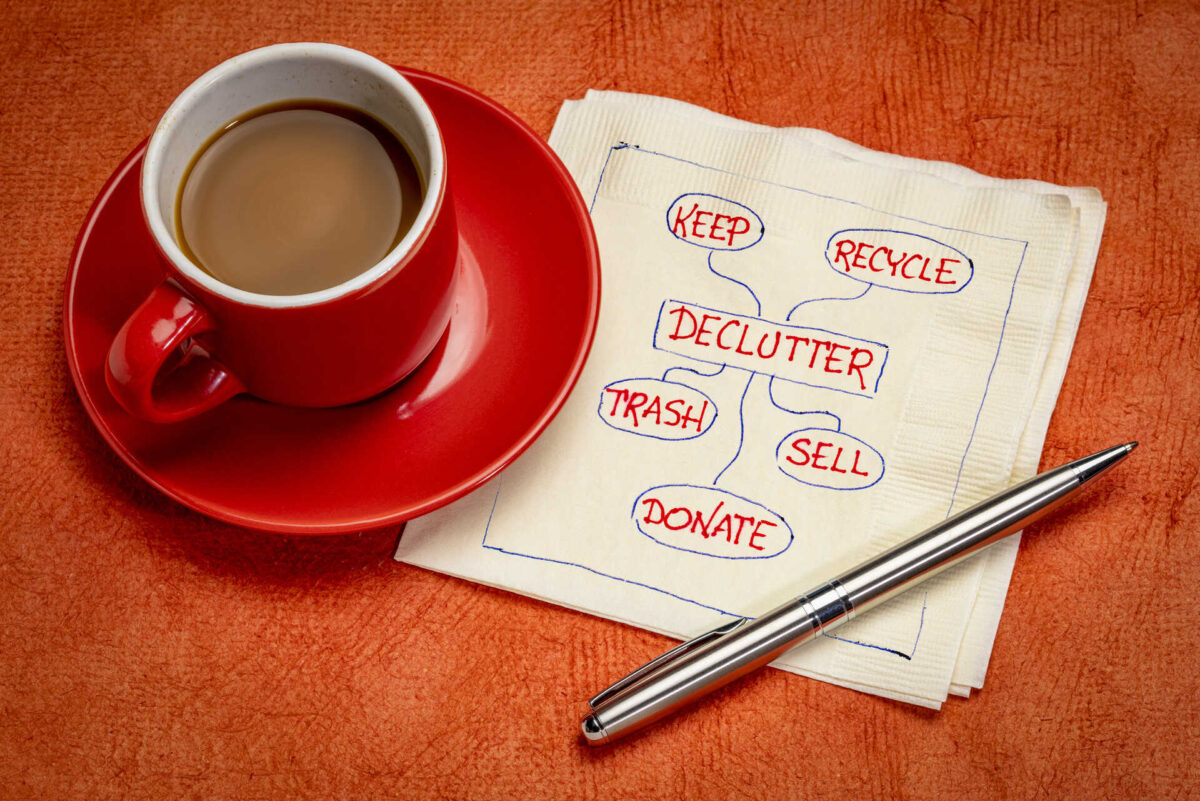

Organize and Strategize Your Packing Process
To ensure a smooth transition, it’s essential to organize and strategize your boxing-up process carefully. Creating a detailed relocation inventory is a crucial aspect of this organization, as it plays a significant role in tracking your belongings and maintaining order during the move.
Start by cataloging each item you are relocating as you box it up. This step-by-step strategy will not only save you time but also be helpful in case of possible accidents. Moreover, streamline the whole process by setting up a designated packing station with all your supplies readily accessible.
Follow These Labeling and Handling Tips
Labeling each box with the room it belongs to is not just a matter of convenience but a game-changer for relocation efficiency. When you label boxes clearly, you won’t find yourself wondering where you packed your relocation essentials, making the unpacking process a breeze. Additionally, marking the boxes with their respective rooms helps your movers know exactly where to place them, saving you valuable time and effort.
Handling instructions is particularly crucial, especially when dealing with fragile items. Marking boxes as “fragile” or providing handling stickers communicates to your movers the delicate nature of the contents. This simple step ensures that your delicate belongings receive the care and attention they require during transit.
Utilize a Color-Coding System for Your Boxes and Streamline the Whole Process
Assign a specific color to each category or room, and then use colored labels or markers to mark your boxes accordingly. For instance, all boxes containing items from the kitchen could have red labels, while those from the bedroom might have blue. This visual system further simplifies the sorting and unpacking process, allowing you to quickly identify which box goes where.
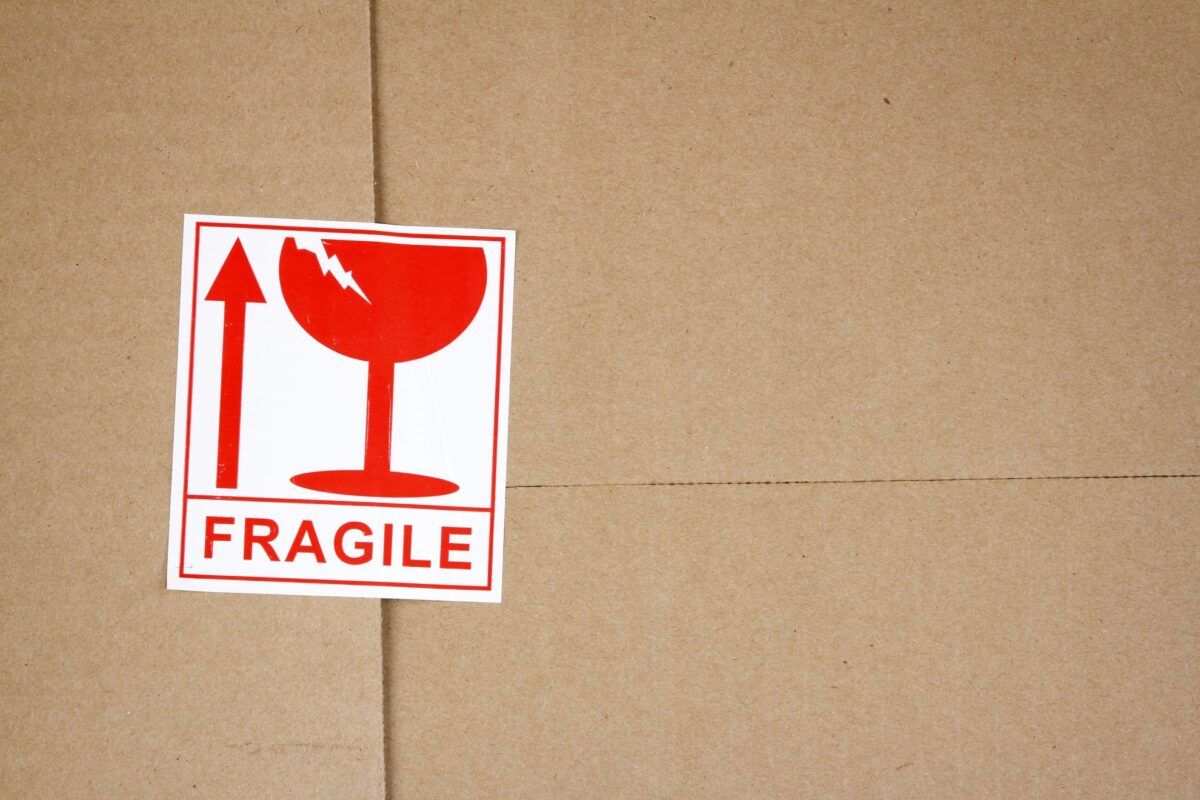

How to Pack an Apartment – Handle Fragile and Valuable Items With Extra Care
When it comes to packing an apartment, giving special attention to fragile and valuable items is paramount. Ensuring these items are packed securely will help safeguard them during transportation, preventing costly damage or loss.
Implement These Techniques for Packing Glassware, Electronics, and Artwork
Boxing up glassware, electronics, and artwork requires a delicate touch and specific techniques to guarantee their protection. When safeguarding glassware, use plenty of bubble wrap or clean paper to cushion each piece, placing heavier items at the bottom of boxes and lighter ones on top.
On the other hand, electronics should be packed in their original boxes and wrapped in antistatic bubble wrap, ensuring cables are labeled for easier reassembly. Artwork demands careful handling, as well. Use specialized boxes and corner protectors, and add padding between items so that they can’t touch each other directly.


Decide if Your Furniture and Appliances Are Worth Relocating
Before embarking on this adventure, it’s essential to assess the worthiness of relocating your furniture and appliances. Factors such as their age, condition, and sentimental value should guide this decision-making process.
When it comes to items that are extensively damaged or outdated, it may be more suitable to leave them behind or replace them at your new destination. This strategic approach to streamlining your inventory list ensures that your new space is furnished with belongings that genuinely contribute to your living experience.
Protect and Disassemble Your Furniture if Possible
Begin by disassembling any pieces that can be taken apart, such as tables or bed frames. This not only saves space but also reduces the risk of damage during transit.
Use furniture blankets and pads to shield your pieces from scratches, dings, or dirt during the move. Securing disassembled furniture properly ensures that it arrives at your new apartment in the same condition it left your old one.
Ensure the Integrity of Your Appliances With Proper Packing
When it comes to relocating appliances, safeguarding their integrity is crucial for a successful move. Start by disconnecting and cleaning appliances like the refrigerator, dishwasher, and washer and dryer before moving day.
For refrigerators, defrosting and drying the interior is essential to prevent mold and odors. Use appliance-specific boxing-up materials or their original packaging if available. Ensure that all loose parts, such as knobs or racks, are removed, wrapped, and securely stored away.


Skip All the Trouble and Hire an International Moving Company to Handle Your Move
Planning an international relocation can be a complex and daunting endeavor, and Sunset International Shipping’s expert crew understands this very well. That’s why we offer comprehensive services and solutions to make your transition seamless and stress-free.
Whether you’re moving by sea or air, our experienced team is well-equipped to manage every aspect of your relocation. We provide professional packing services to ensure the safety and security of your belongings throughout the journey. With our expertise and commitment to excellence, our crew will handle your relocation efficiently, allowing you to focus on settling into your new home with peace of mind.


Additional Apartment Packing Tips for a Smooth Move
In addition to the fundamental packing strategies, several additional tips can further streamline your apartment move. Make use of space-saving techniques like vacuum-sealed bags for clothing and bedding.
Utilize tall bookshelves, drawers, hanging organizers, and wall-mounted racks as a creative storage space. Lastly, remember to prepare an essentials box with crucial items for your first week in your new apartment, ensuring a smoother transition and acclimatization period.
Master Packing Techniques With Our Overseas Moving Company for a Smooth Relocation
Boxing up your entire life for an international relocation can be an overwhelming task, but with professionals by your side, it can be a breeze. Sunset International Shipping is well-versed in master packing techniques and has a wealth of experience in handling international relocations.
We understand the complexities involved, and we’re committed to ensuring the safety and security of your belongings throughout the journey. So don’t hesitate any longer. Feel free to contact us today and book our expert team to handle all the intricacies of overseas relocation. We’re here to provide you with peace of mind and confidence as you embark on this new and exciting chapter.
FAQ
The best order to pack an apartment is to start with non-essential items like seasonal decorations and then proceed to declutter room by room. After decluttering, pack each room individually, labeling boxes clearly with their contents and destination room.
Ensure that fragile and valuable items are packed with extra care. It’s also crucial to have an “essentials box” containing items you’ll need immediately upon arriving in your new abode, such as toiletries, clothes, and important documents. Lastly, disassemble furniture when possible and label cables and cords to simplify reassembly.
Create a packing plan or checklist, then systematically go through each room, decluttering and deciding what to keep or discard. Disassemble furniture if necessary, and remember to label cords and cables for electronics. When loading the truck, prioritize heavy items at the bottom and secure everything properly to avoid damage during transit.
The number of days needed to pack an apartment varies based on its size and the volume of your belongings. Typically, for a small apartment, you might need 1-2 weeks, while larger apartments or homes could require 4 or more weeks.
Starting early is key to reducing stress and ensuring a smooth packing process. Having a detailed boxing-up plan and tackling one room at a time can help you stay on track.
When packing a small apartment for a move, it’s essential to utilize space-saving techniques such as vacuum-sealed bags for clothing and under-bed storage. Box up one room at a time while prioritizing items you use less frequently. Maximize space by utilizing shelves and organizers as an added storage space, and consider hiring movers if you have plenty of heavy and large items that need professional care, loading, and transport.

